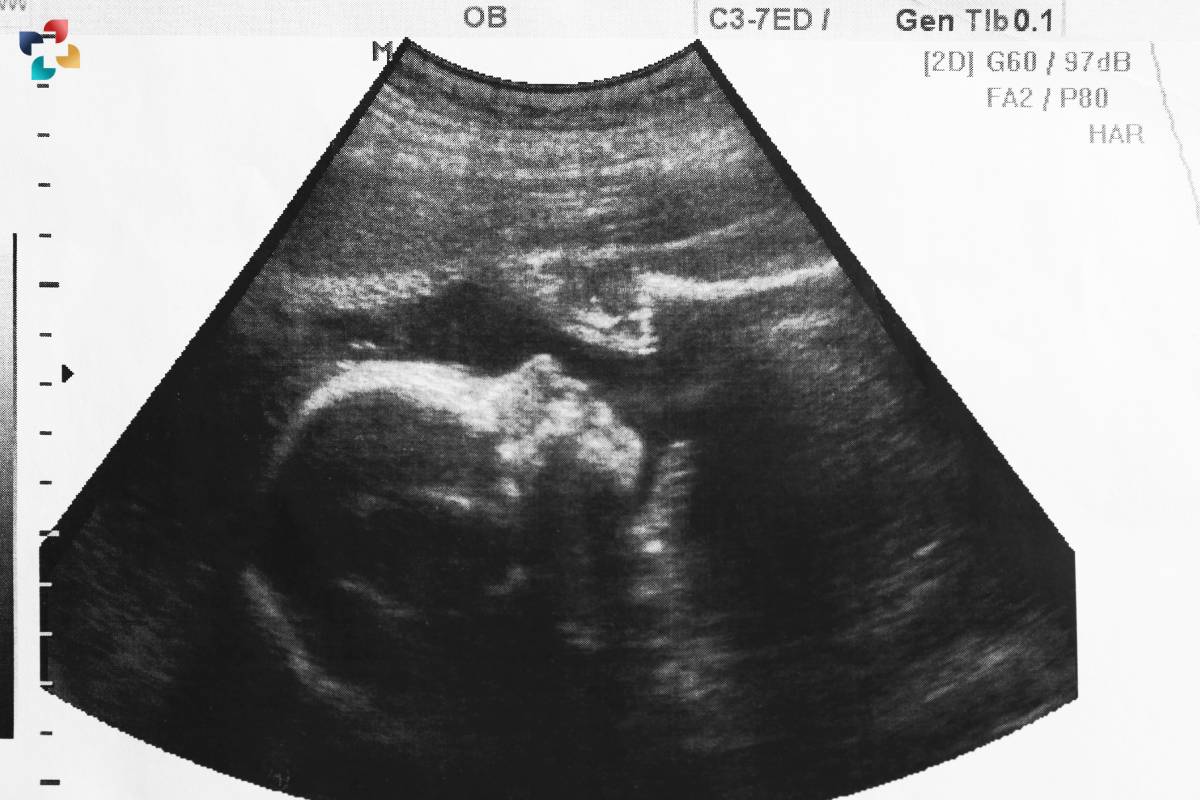Introduction:
In the realm of prenatal care, the biophysical profile (BPP) stands as a vital tool for assessing the health and well-being of unborn babies. This non-invasive prenatal testing method provides valuable insights into fetal health by evaluating various biophysical parameters. From fetal movements to amniotic fluid levels, the Biophysical Profile offers a comprehensive assessment, enabling healthcare providers to make informed decisions regarding pregnancy management. In this article, we delve into the intricacies of the Biophysical Profile, exploring its components, significance, interpretation, and implications for prenatal care.
What is a Biophysical Profile?
The Biophysical Profile is a prenatal screening test used to evaluate the fetal well-being by assessing specific parameters related to fetal health and development. It typically includes a combination of ultrasound imaging and fetal heart rate monitoring to evaluate fetal movements, muscle tone, breathing movements, amniotic fluid volume, and fetal heart rate reactivity.

The Biophysical Profile is a critical component of prenatal care, offering valuable insights into the health and development of the fetus. Through a comprehensive evaluation of various biophysical parameters, healthcare providers can assess the overall well-being of the unborn baby and identify any potential concerns that may require further investigation or intervention.
This prenatal screening test typically involves a combination of non-invasive techniques, including ultrasound imaging and fetal heart rate monitoring. During the evaluation, healthcare providers assess specific aspects of fetal health, such as fetal movements, muscle tone, breathing movements, amniotic fluid volume, and fetal heart rate reactivity.
By examining these parameters, healthcare providers can gain a comprehensive understanding of the fetal condition and detect any abnormalities or signs of distress. For example, reduced fetal movements or abnormal muscle tone may indicate fetal compromise, while inadequate amniotic fluid volume may suggest potential complications such as placental insufficiency or fetal growth restriction.
Overall, the Biophysical Profile serves as a valuable tool for monitoring fetal well-being throughout pregnancy, particularly in high-risk pregnancies or when there are concerns about the baby’s health. Timely assessment and intervention based on BPP results can help optimize pregnancy outcomes and ensure the best possible health for both mother and baby.
Components of a Biophysical Profile:
A standard Biophysical Profile comprises five components, each providing valuable information about fetal health:
- Fetal Movement: This component assesses the frequency and quality of fetal movements, indicating the presence of fetal activity and vitality.
- Fetal Tone: Evaluation of fetal muscle tone helps determine the overall neuromuscular development and function of the fetus.
- Breathing Movements: Monitoring fetal breathing movements indicates the maturity of the fetal respiratory system, essential for postnatal adaptation.
- Amniotic Fluid Volume: Adequate amniotic fluid volume is crucial for protecting the fetus and facilitating fetal movements and growth.
- Fetal Heart Rate Reactivity: Assessment of fetal heart rate reactivity provides insights into the fetal autonomic nervous system and cardiovascular health.

Significance of Biophysical Profile:
The Biophysical Profile plays a crucial role in assessing fetal well-being and identifying potential concerns that may require intervention. By evaluating multiple parameters simultaneously, the BPP offers a comprehensive assessment of fetal health, aiding in early detection of fetal distress, growth restriction, and other pregnancy complications.
Interpretation of Biophysical Profile:
During a Biophysical Profile assessment, each component is assigned a score based on specific criteria. These scores are then combined to generate an overall score, typically ranging from 0 to 10, with higher scores indicating better fetal well-being. Healthcare providers interpret the Biophysical Profile results in conjunction with clinical findings and maternal factors to guide decision-making regarding pregnancy management.
Implications for Prenatal Care:

The Biophysical Profile is commonly performed in the third trimester of pregnancy, particularly in high-risk pregnancies or when there are concerns about fetal well-being. Depending on the BPP results, healthcare providers may recommend additional tests, closer monitoring, or interventions to optimize pregnancy outcomes and ensure the health and safety of both mother and baby.
Conclusion:
In summary, the Biophysical Profile serves as a valuable tool for assessing fetal well-being and guiding prenatal care decisions. By evaluating multiple parameters related to fetal health, the BPP offers valuable insights into the status of the unborn baby, enabling timely intervention when necessary. For expectant parents, understanding the significance and implications of the Biophysical Profile can provide reassurance and peace of mind during the journey of pregnancy.
FAQs
1. What is the purpose of a Biophysical Profile (BPP) during pregnancy?
A BPP is used to assess the health and well-being of the fetus by evaluating specific parameters such as fetal movements, muscle tone, breathing movements, amniotic fluid volume, and fetal heart rate reactivity.
2. When is a Biophysical Profile typically recommended?
A BPP may be recommended during pregnancy if there are concerns about fetal well-being, such as decreased fetal movements, high-risk pregnancies, or certain medical conditions that may affect fetal health.
3. How is a Biophysical Profile performed?
A BPP is typically performed using ultrasound imaging and fetal heart rate monitoring. Healthcare providers assess various biophysical parameters to evaluate fetal health and development.
4. What do the results of a Biophysical Profile indicate?
The results of a BPP provide valuable information about the fetus’s condition, including any signs of distress or abnormalities. Depending on the findings, further evaluation or intervention may be necessary.
5. Are there any risks associated with a Biophysical Profile?
A BPP is considered a safe and non-invasive test for both the mother and the fetus. However, it’s essential to discuss any concerns or questions with your healthcare provider before undergoing the procedure.

Nurturing Hope: A Comprehensive Guide on How to Care for Your Baby in the NICU
While welcoming a new baby into the world is an exciting time, parents may find themselves facing difficult and painful situations if their child needs to stay in the Neonatal Intensive Care Unit (NICU).








